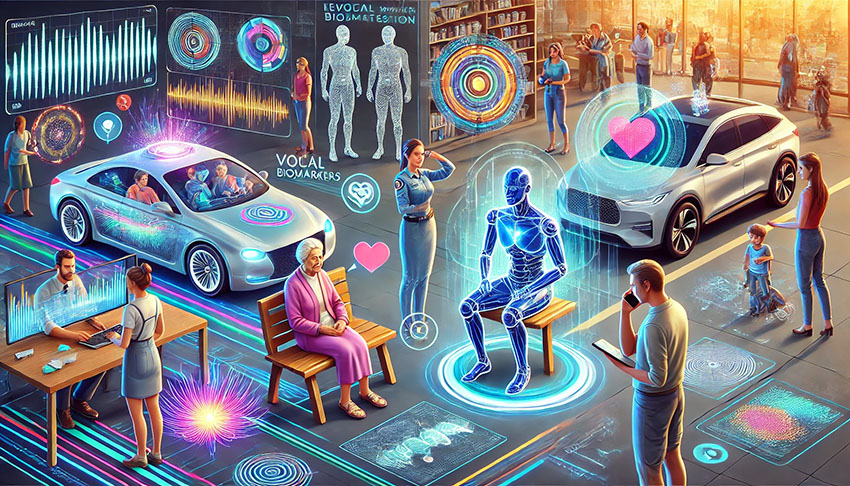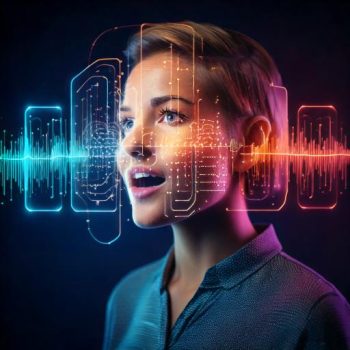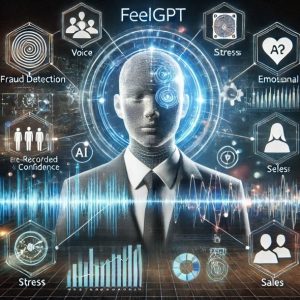Imagine trying to figure out someone’s secret emotion—it’s like solving a puzzle! In the world of emotions and technology, some feelings are tricky to detect. Let’s explore why this happens, why it’s a big deal, and how Emotion Logic is changing the game.
The Puzzle of Emotions
Emotions are like colors that paint our feelings. From happiness to sadness, we have a bunch of them. But some emotions are like hidden treasure—they’re not easy to see. This is because they’re a mix of different feelings and thoughts, which makes them hard to understand.
The Mysterious Feeling of Vulnerability
One tough emotion to spot is vulnerability. It’s when we feel open and scared at the same time. Imagine a turtle coming out of its shell—it’s both brave and afraid. That’s vulnerability. It’s like a secret emotion hiding behind a brave face.
Feeling Mixed-Up: Ambivalence
Ever had two opposite feelings at once? That’s ambivalence. It’s like wanting to go to the park and stay home, all at the same time. These mixed-up emotions are tricky because they’re like a tug-of-war inside us.
The Burden of Hidden Stress
Imagine trying to hide your stress while telling a lie. Stress adds another layer of complexity. When we’re stressed, our bodies react in ways that can be tough to conceal. Our hearts might beat faster, we might fidget, or our voices could change. Trying to mask this stress, especially when lying, makes detecting it even more challenging.
Why It’s a Big Deal
Understanding these tough emotions is super important. Imagine if a computer could really get how you feel, even when you don’t show it on the outside. That’s where Emotion Logic comes in. It helps machines understand emotions like vulnerability and ambivalence. This means they can connect with us better and even help with mental health and other important things.
Emotions are like a big puzzle, and some pieces are really hard to find. Vulnerability, ambivalence, and grief are like hidden gems in our hearts. But thanks to Emotion Logic, technology is getting better at solving the puzzle. This helps computers become like understanding friends who can help.




